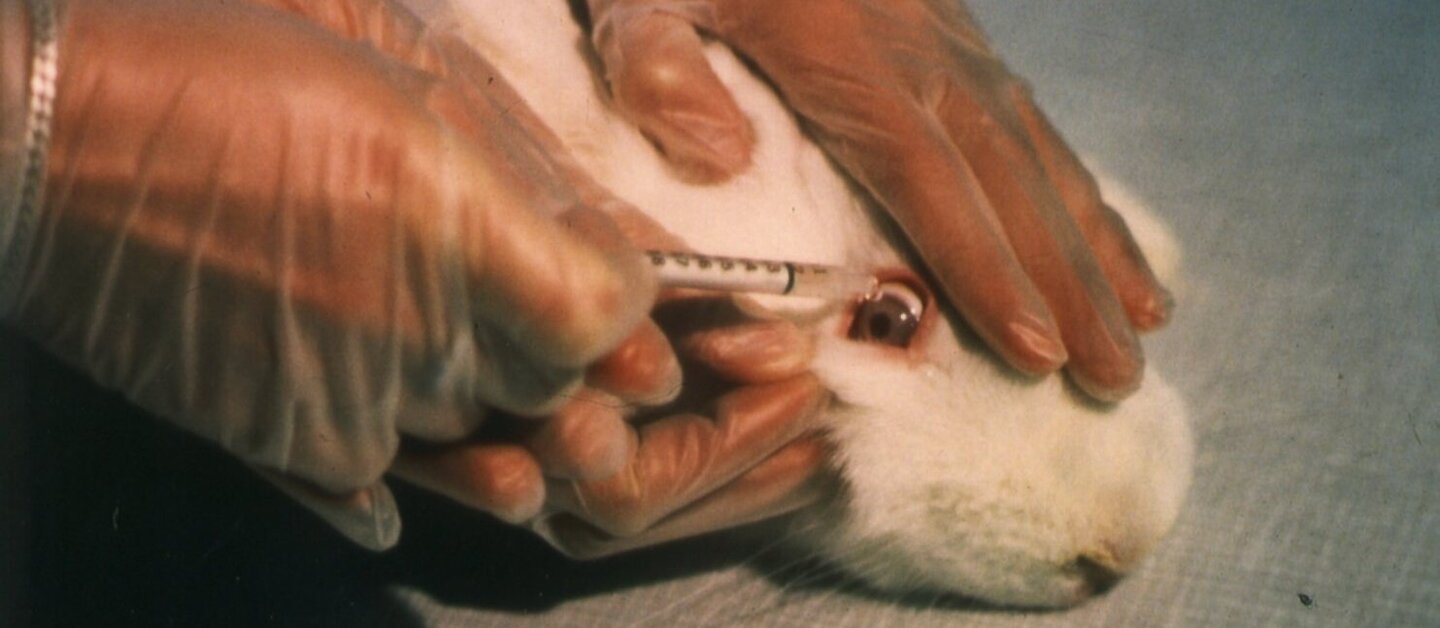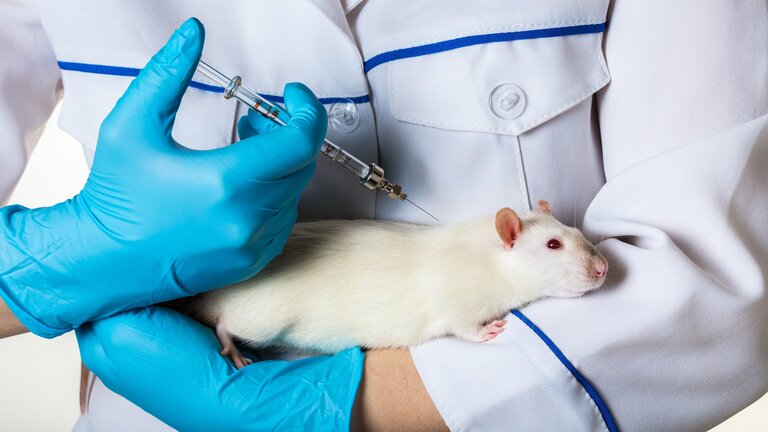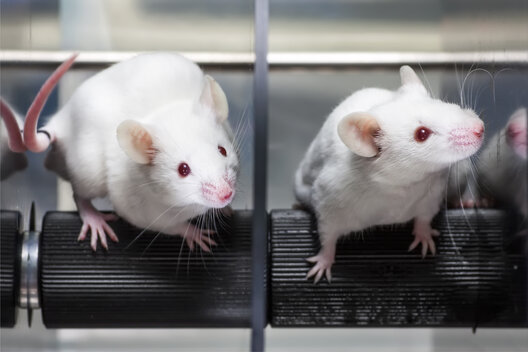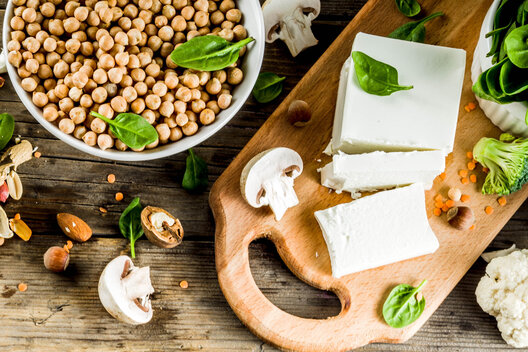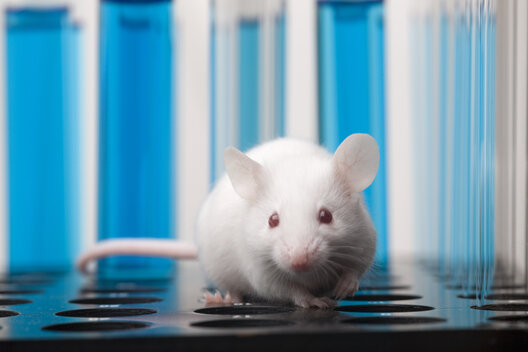How animals suffer for personal hygieneWhat you should know about animal testing for cosmetics
Nobody wants animals to suffer and die in animal experiments for cosmetics such as soap, toothpaste, sunscreen or lipsticks. However, some cosmetic ingredients are still tested in precisely this painful way before they are launched on the market. Even an EU-wide ban on animal testing for cosmetics has not yet prevented this. You should pay attention to this when buying cosmetic products.
Is animal testing for cosmetics banned in Germany?
In principle, yes. However, the comprehensive ban on animal testing that has been in force in the European Union (EU) since 2013 is undermined by exemptions. On the one hand, companies are not allowed to carry out animal testing for cosmetic products or ingredients. The sale of cosmetics that have been tested on animals in countries outside the EU is also prohibited. On the other hand, these EU bans only apply to new products and ingredients. Cosmetics companies, stores and online stores can continue to sell the "old" ones without restriction.
And there is another loophole in EU law: Cosmetics companies are allowed to use substances that are used in other products such as cleaning products, wall paints or medicines. However, these everyday substances have to undergo a series of tests, including animal testing, before the products in which they are contained are placed on the market. This is even required by law. Unfortunately, this applies to the majority of ingredients. In addition, animal testing is even permitted for substances used purely for cosmetic purposes if laboratories have to test whether the ingredients are safe for occupational and environmental safety. This means that the majority of cosmetics still contain ingredients that have been tested on animals.
What happens in animal testing for cosmetics
By definition, cosmetics are for external use. Animal testing for cosmetics is therefore primarily aimed at testing whether cosmetic products and ingredients are safe when they come into contact with the skin and eyes. In animal tests, for example, chemicals are placed in the eyes of rabbits. The substances are dripped into their eyes in liquid form, sprinkled in as a powder or sprayed onto the cornea as a gas, without the animals being able to defend themselves. The extent to which their eyes have been injured is then assessed. Similarly, chemicals are applied to the skin of guinea pigs or injected into the skin. In these animal experiments, it is accepted that the animals suffer considerable pain.
Is animal testing necessary for cosmetics?
No, which is why we have been campaigning for decades to ensure that the safety of cosmetics and their ingredients is not tested on animals. The range of cosmetics and the number of ingredients already available is huge. We therefore believe that it is unjustifiable to continue to inflict suffering on animals in order to constantly develop new products. In addition, there are now numerous modern animal-free methods. For example, researchers create models of the human cornea and skin from human cells. By testing chemicals on them, they can avoid painful experiments on animals and obtain more meaningful results. Because they do not test how animal cells react, but instead use human cells directly, the results are more transferable. This enables the laboratory teams to assess more reliably whether cosmetics are safe for human health.
How you can help
More and more cosmetic products carry seals that identify them as animal-free. However, the way they are awarded varies greatly and they are not all equally strict. Some seals only apply to individual products in a manufacturer's range. Other companies have their entire product range labeled with a seal. It can therefore easily happen that you opt for a certified product but support a company whose other products have been tested on animals. Find out which animal-free criteria must be met for the product/range seal. If you are unsure, ask the manufacturer directly how they ensure that no animal testing is carried out on ingredients and products. This also and especially applies to companies that advertise their products as cruelty-free but do not have them certified via seals.
Many people are not aware that cosmetics can contain animal ingredients. Collagen for firm skin, for example, is obtained from the connective tissue of slaughtered animals. Keratin for strong hair comes from the hooves, horns or feathers of animals. And carmine for red lips is a dye for which female scale insects are boiled and crushed. The use of animal ingredients can even drive the extinction of entire species, such as turtle oil for creams or musk oil for perfumes. The animal-friendly alternative is vegan cosmetics. It makes do with plant-based or synthetically produced ingredients. Vegan products are often labeled accordingly. But be careful: although a product labeled as vegan may not contain any animal ingredients, it is not automatically cruelty-free.
Before buying cosmetics, check which substances are used in them. For example, you can avoid palm oil and microplastics to prevent rainforests being cleared or ecosystems being endangered for shampoo, creams and the like. Companies often hide such ingredients behind technical terms. Microplastics , for example, are hidden under names such as polyethylene, polypropylene, polyamide, polyquaternium, polyethylene terephthalate, nylon-12, acrylates copolymer or acrylates crosspolymer. The industry disguises palm oil as Elaeis Guineensis Oil, Elaeis Guineensis Kernel Oil, Sodium Palmate, Cetearyl Alcohol, Glyceryl Stearate SE or Glyceryl Stearate Citrate. Incidentally, this also applies to animal ingredients such as bear bile, which is listed as ursodiol, or marmot fat, which appears under Marmota Oil.

